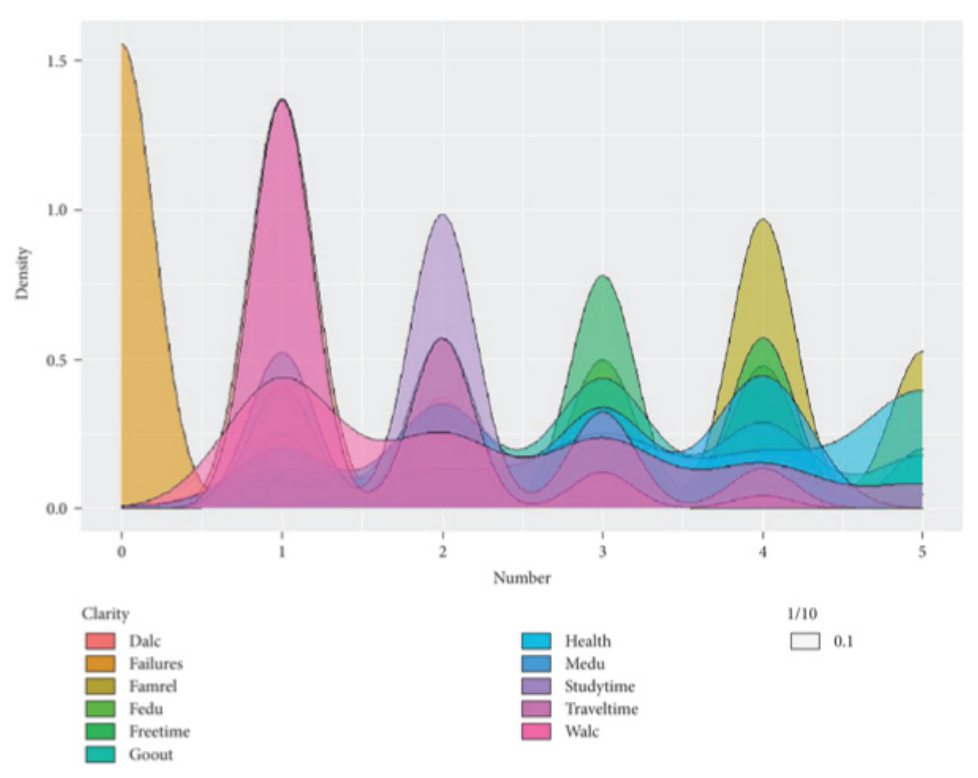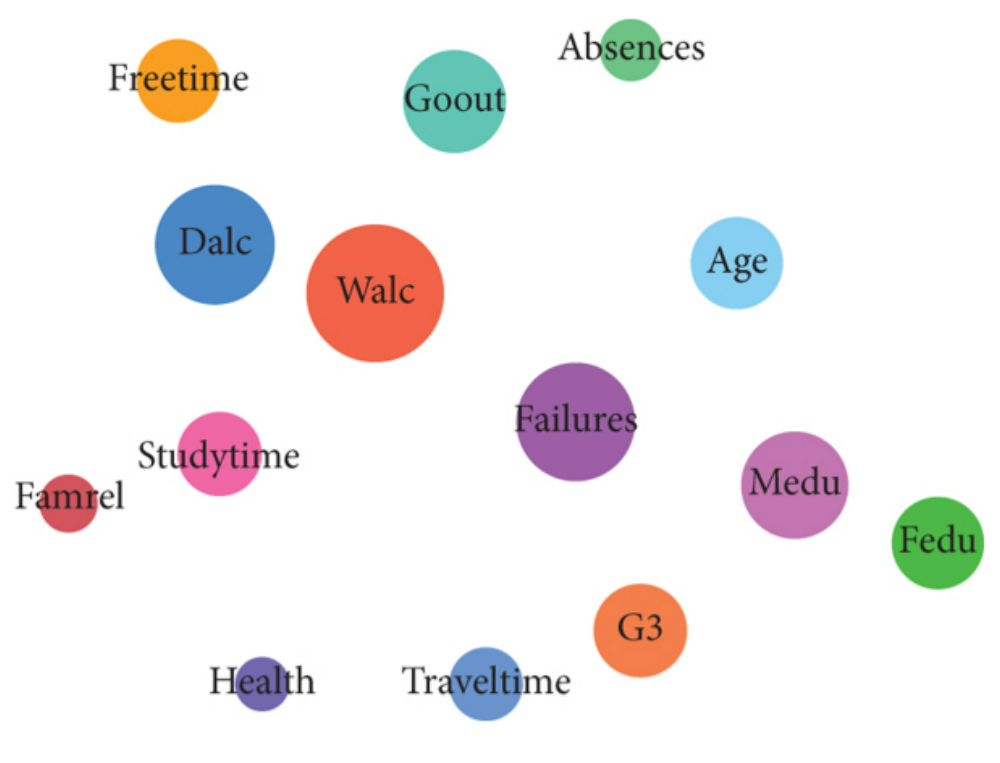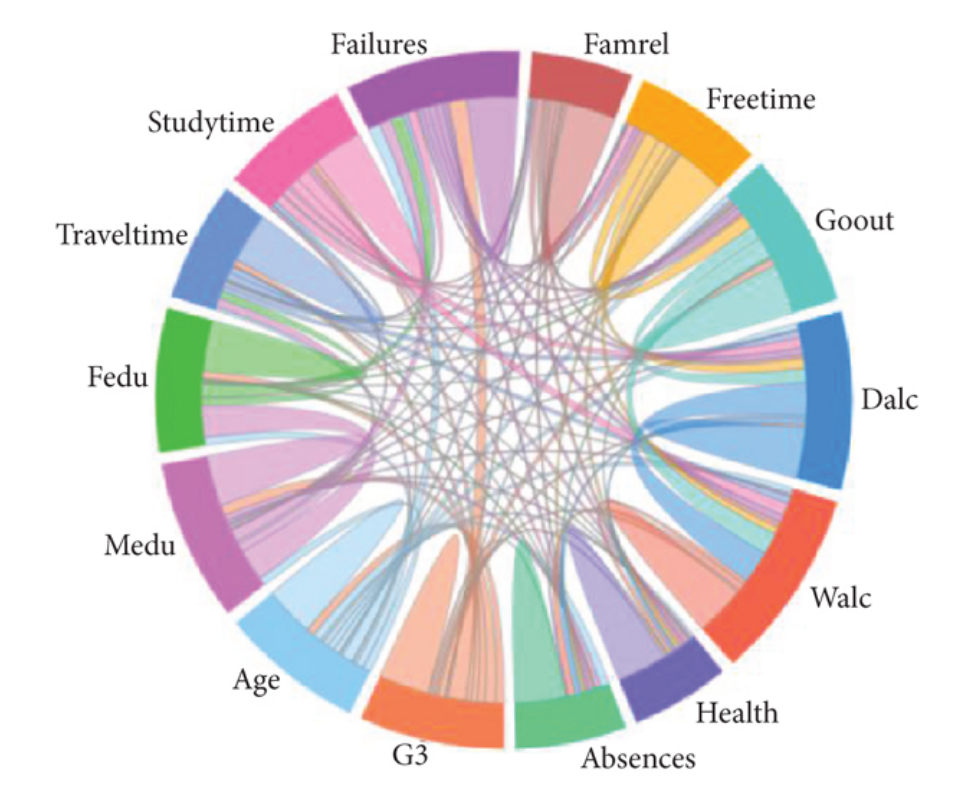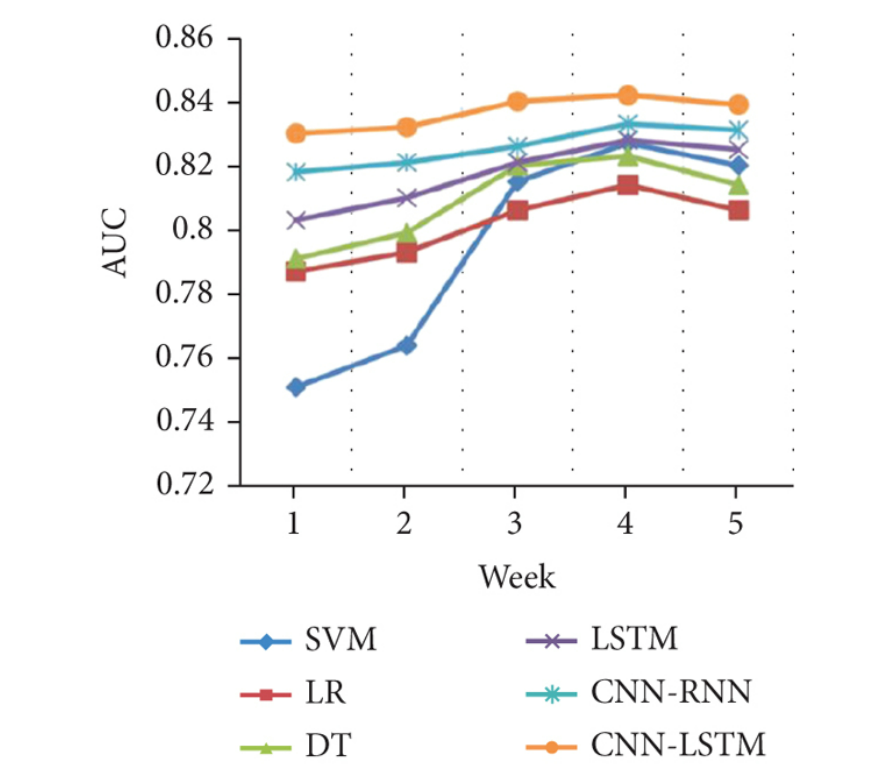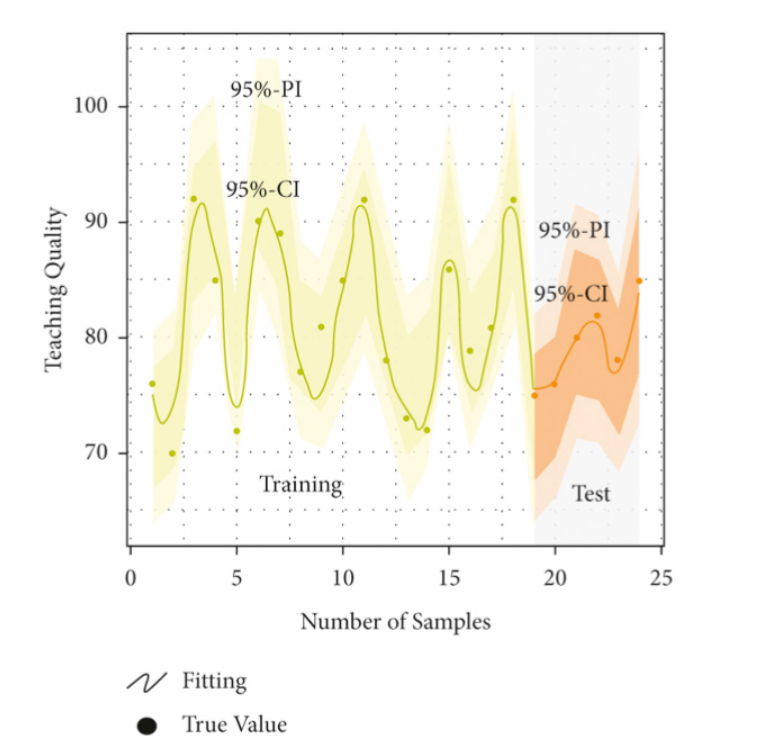 An open access journal
An open access journal
Multimodal Learning Environments: Combining Text, Audio, and Visuals for Effective Learning
Abstract
Multimodal learning environments have emerged as a powerful approach to education, combining text, audio, and visuals to enhance the effectiveness of learning experiences. This paper explores the significance of multimodal learning, emphasizing its role in improving comprehension, retention, and engagement among learners. It delves into the principles and design considerations of multimodal learning environments, including the integration of different modalities, cognitive load theory, and accessibility. The discussion includes the benefits of multimodal learning, such as increased information processing, enhanced problem-solving skills, and greater inclusivity for diverse learners. Moreover, the paper addresses the challenges and considerations for educators in creating effective multimodal learning experiences, including the need for clear design guidelines and the importance of learner preferences. Through a review of empirical studies and case examples, the study highlights the positive outcomes associated with multimodal learning, including higher learning outcomes, improved knowledge transfer, and increased learner satisfaction. The conclusion offers recommendations for educators and institutions interested in adopting multimodal learning, emphasizing the importance of thoughtful design and alignment with learning objectives to maximize the benefits of combining text, audio, and visuals in education.
Share and Cite
Article Metrics
References
- Ayres, P., & Sweller, J. (2006). The split-attention principle in multimedia learning. In The Cambridge Handbook of Multimedia Learning (pp. 135-146). Cambridge University Press.
- Clark, R. C., & Mayer, R. E. (2016). E-Learning and the Science of Instruction: Proven Guidelines for Consumers and Designers of Multimedia Learning. Wiley.
- Fleming, N. D., & Mills, C. (1992). Not another inventory, rather a catalyst for reflection. To Improve the Academy, 11(1), 137-155.
- Hattie, J., & Donoghue, G. M. (2016). Learning strategies: A synthesis and conceptual model. NPJ Science of Learning, 1(1), 16013.
- Mayer, R. E. (2001). Multimedia learning. Cambridge handbook of multimedia learning, 1, 31-48.
- Mayer, R. E. (2014). The Cambridge Handbook of Multimedia Learning. Cambridge University Press.

